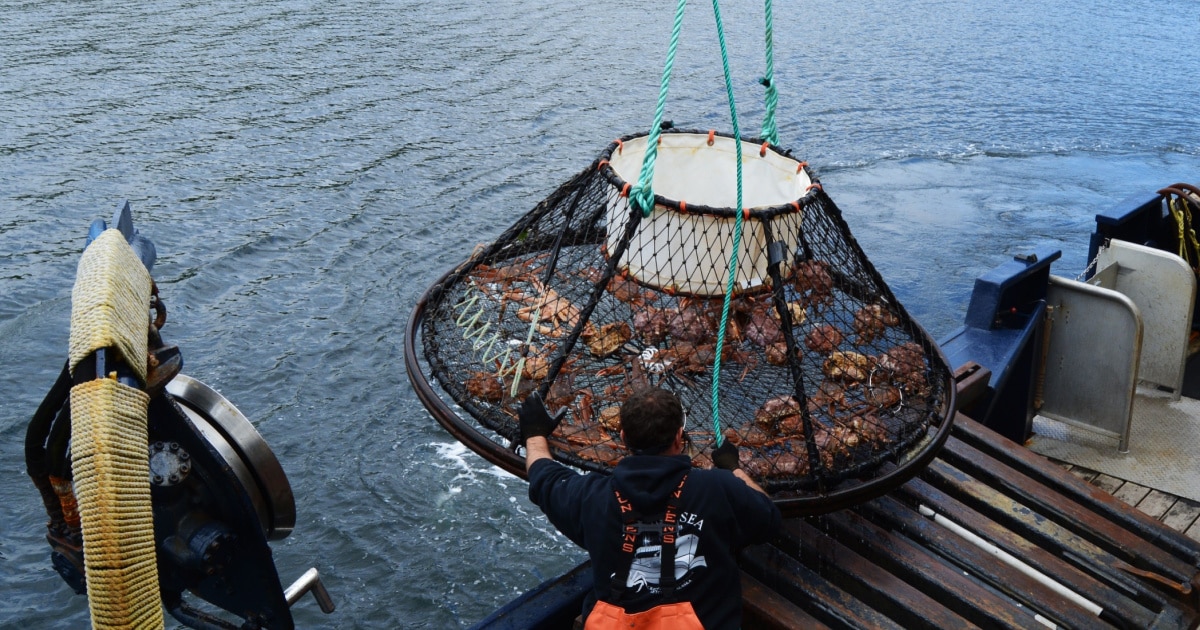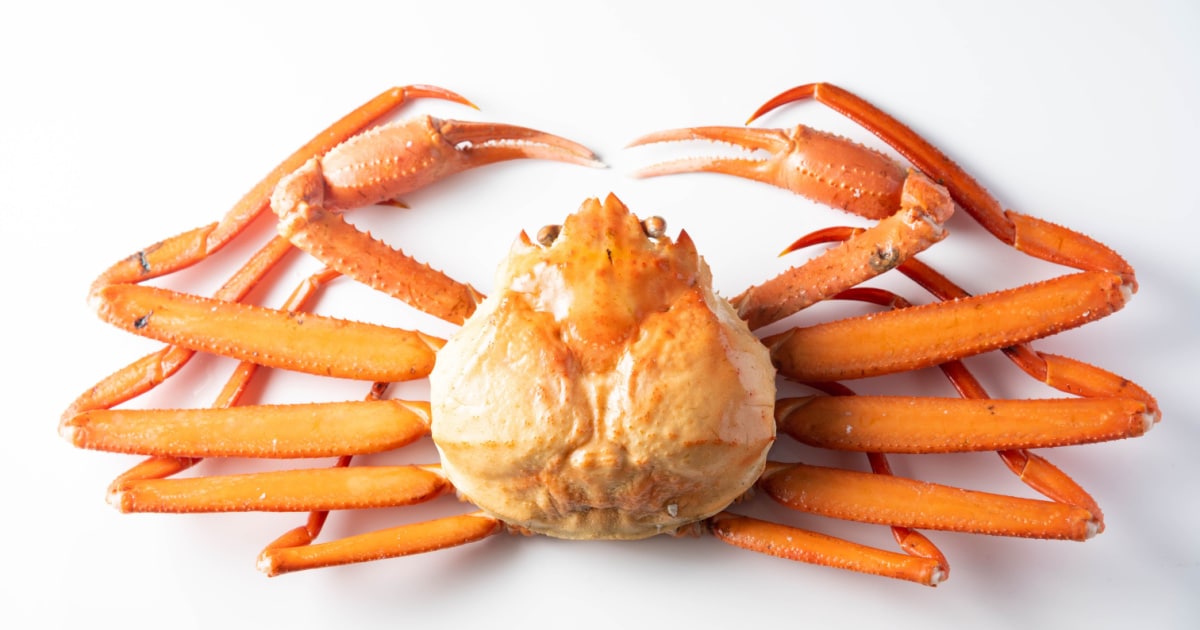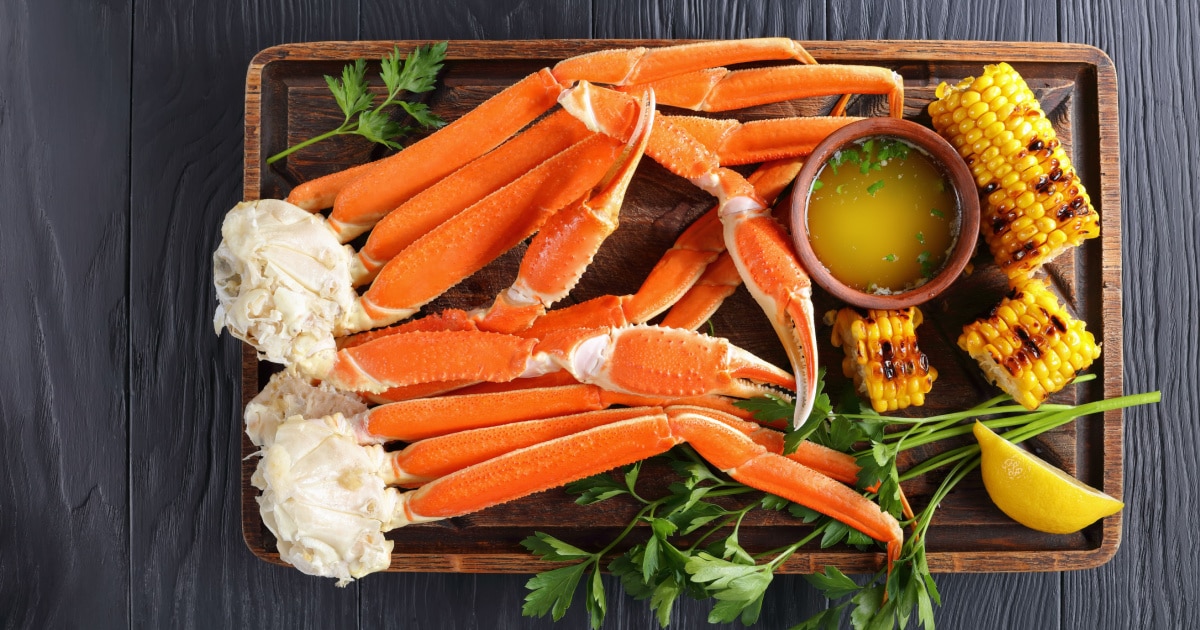Introduction, History, and Nutritional Benefits of Snow Crab Clusters
Introduction to Snow Crab Clusters
Snow crab clusters, a culinary treasure from the icy depths of the ocean, offer a unique blend of exquisite taste and versatility. Known scientifically as Chionoecetes opilio, these crabs are harvested from the frigid waters of the North Atlantic and North Pacific, making them a prized catch in the seafood industry. Revered for their sweet, delicate flavor and tender texture, snow crabs have not only captivated the palates of seafood aficionados but also hold a significant place in the cultural tapestry of coastal communities. This guide embarks on a comprehensive journey to explore the rich history, impressive nutritional profile, and diverse culinary uses of snow crab clusters, aiming to provide a holistic understanding of this cherished crustacean.
History and Origin of Snow Crab
The history of snow crab is as rich and deep as the oceans they inhabit. These crabs have been an integral part of coastal diets and cultures for centuries, particularly in regions like Alaska and Canada.
- Indigenous Traditions: For generations, indigenous communities have sustainably harvested snow crabs, employing methods that have laid the foundation for contemporary fishing practices.
- Commercial Fishing Evolution: The 20th century witnessed a significant expansion in the commercial fishing of snow crabs. This growth was propelled by advancements in fishing technology and a burgeoning global appetite for this seafood delicacy.
- Cultural Significance: Beyond their role in cuisine, snow crabs are emblematic of sustenance and economic resilience in many coastal societies. They represent a connection to the sea and a tradition passed down through generations.
- Regulatory Frameworks: Recognizing the ecological and economic value of snow crabs, authorities have implemented stringent regulations and quotas to promote sustainable harvesting practices. These measures ensure the long-term viability of snow crab populations and their ecosystems.

Nutritional Value of Snow Crab
Snow crab clusters are not just a delight for the taste buds; they are also a nutritional powerhouse. Packed with essential nutrients, they offer a plethora of health benefits, making them a favored choice for those seeking a nutritious diet.
- Protein Powerhouse: Snow crabs are an excellent source of high-quality, lean protein, crucial for muscle development and repair.
- Low in Fat and Calories: They are a low-calorie, low-fat option, ideal for individuals monitoring their calorie intake.
- Heart-Healthy Omega-3s: Rich in omega-3 fatty acids, snow crabs contribute to heart health and help reduce inflammation.
- Vital Vitamins and Minerals: These crabs are abundant in vitamin B12, zinc, and selenium, nutrients essential for various bodily functions, including immune support and metabolic processes.
- Dietary Flexibility: Their high protein and low carbohydrate content make snow crabs a suitable choice for various dietary preferences, including keto and paleo diets.
- Bone and Immune Health: The phosphorus in snow crabs aids in maintaining strong bones and teeth, while the selenium content boosts the immune system.
Culinary Uses and Selecting the Best Snow Crab Clusters
Culinary Uses of Snow Crab Clusters
Snow crab clusters are not only a delight to the palate but also a versatile ingredient in the culinary world. Their sweet, delicate flavor and tender texture make them a favorite in various dishes, from sophisticated gourmet meals to simple, comforting home cooking.
- Global Culinary Influence: Snow crabs have found their way into diverse culinary traditions. In Japanese cuisine, they are a prized ingredient in sushi and sashimi. Italian chefs use them to add richness to pasta dishes, while in American kitchens, they often star in hearty crab boils and elegant salads.
- Cooking Techniques: The cooking methods for snow crab clusters vary, each bringing out a unique aspect of their flavor. Steaming is a popular method that preserves their natural taste and tenderness. Boiling, often with a blend of spices, infuses the meat with robust flavors. Baking and grilling, meanwhile, offer a delightful twist to their texture.
- Recipe Ideas: Snow crab clusters are incredibly adaptable. They can be the main attraction in dishes like crab legs with garlic butter sauce or play a supporting role in crab cakes, soups, and stews. For a light meal, a snow crab salad with fresh greens and a tangy dressing is an excellent choice.
- Pairing with Ingredients: The subtle sweetness of snow crab pairs well with a variety of ingredients. Lemon and butter are classic accompaniments, while herbs like dill and parsley enhance its flavor. For a more adventurous palate, pairing snow crab with spicy or tangy elements can create a delightful contrast.

Selecting the Best Snow Crab Clusters
To fully enjoy the culinary delights of snow crab clusters, selecting the best quality is crucial. Here are some tips to help you choose the finest snow crab clusters:
- Freshness: Fresh snow crab clusters should have a mild, ocean-like scent. Avoid any with a strong fishy or ammonia-like odor, as this indicates spoilage.
- Appearance: Look for bright, clean shells. The shells of fresh snow crab should be intact and free from cracks or discoloration.
- Texture: The meat should be firm and springy to the touch. Soft or mushy meat is a sign of poor quality.
- Size and Weight: Larger clusters generally offer more meat. Choose clusters that feel heavy for their size, as this suggests a higher meat-to-shell ratio.
- Frozen Snow Crab: If fresh snow crab is not available, frozen is a viable alternative. Ensure that the packaging is intact and there are no signs of freezer burn.
- Sustainability Labels: Opt for snow crab clusters that are certified by organizations like the Marine Stewardship Council (MSC), indicating sustainable fishing practices.
Preparation, Pairing, Sustainability, FAQ, and Conclusion
Storing and Preparing Snow Crab
Proper storage and preparation are essential for maximizing the flavor and quality of snow crab clusters:
- Storage: Keep fresh snow crab clusters in the coldest part of your refrigerator, ideally consumed within two days. For longer storage, wrap them tightly and freeze.
- Thawing: Thaw frozen clusters in the refrigerator overnight. Avoid room temperature thawing to maintain texture.
- Cooking: Since snow crabs are typically pre-cooked and frozen, they only need reheating. Steaming for 5-7 minutes is ideal to retain flavor and moisture.
Pairing Snow Crab with Other Foods
The delicate flavor of snow crab pairs well with various accompaniments:
- Wine Pairings: Choose a crisp white wine like Chardonnay or Pinot Grigio to complement the crab’s sweetness.
- Side Dishes: Light sides such as steamed vegetables or a fresh salad offer a balanced meal.
Sustainability and Ethical Considerations
Opting for sustainably sourced snow crab is vital for environmental health:
- Eco-Friendly Practices: Seek certifications that indicate sustainable fishing methods.
- Supporting Local Fisheries: Prefer snow crab from fisheries adhering to environmental standards and benefiting local communities.
FAQ
- Q: Can I eat snow crab cold?
- A: Absolutely! Cold snow crab is delicious in salads or as a chilled appetizer.
- Q: How do I crack snow crab legs?
- A: Use a crab cracker or the back of a heavy knife to gently crack the shell. Twist and pull the shell apart to extract the meat.
- Q: What’s the difference between snow crab and king crab?
- A: Snow crabs are smaller with a sweeter taste and more delicate texture, while king crabs are larger with firmer meat.
- Q: How long does cooked snow crab last in the fridge?
- A: Cooked snow crab can be stored in the refrigerator for up to 3 days.
- Q: Is snow crab safe for people with shellfish allergies?
- A: Snow crab is a shellfish, so it’s not safe for those with shellfish allergies.
- Q: Can snow crab be cooked from frozen?
- A: Yes, but for the best texture, it’s recommended to thaw them first.
References
- Alaska Department of Fish and Game – Snow Crab Overview
- This official resource provides comprehensive information on snow crab biology, habitat, and the fishery management practices in Alaska. It’s an authoritative source for understanding the ecological aspects of snow crab clusters.
- Alaska Department of Fish and Game – Snow Crab
- National Oceanic and Atmospheric Administration (NOAA) – Snow Crab Fisheries
- NOAA offers detailed insights into the snow crab fisheries, including catch statistics, sustainability practices, and regulations. This is crucial for understanding the industry and sustainability aspects.
- NOAA Fisheries – Snow Crab
- Seafood Health Facts: Making Smart Choices – Snow Crab Nutrition
- A resource that provides nutritional information specifically for snow crab. It’s useful for readers interested in the health benefits and dietary considerations of consuming snow crab clusters.
- Seafood Health Facts – Snow Crab
- Marine Stewardship Council (MSC) – Certified Sustainable Seafood
- The MSC’s website provides information on certified sustainable seafood, including snow crab. It’s a valuable resource for understanding the importance of choosing sustainably sourced seafood.
- Marine Stewardship Council – Sustainable Seafood
These references offer a well-rounded perspective on snow crab clusters, covering ecological information, nutritional facts, culinary ideas, and sustainability aspects.
We hope this guide enhances your enjoyment of snow crab clusters. Remember, the secret to a great dish lies in quality selection, proper preparation, and sustainable choices. Dive into the world of snow crab clusters and savor the ocean’s bounty with responsibility and delight!
Explore More From T.L. Morris Seafood
If you enjoyed this post, you’re in for a treat! Dive deeper into seafood with some of my other articles that readers have loved:
- Chesapeake Charm: The Story of Maryland Crabs and Their Cultural Legacy– Unveil the captivating world of Maryland crabs: a journey through the vibrant culinary legacy and deep-rooted traditions of the Chesapeake Bay.
- Unlock the Mystique of Fresh Oysters: An Enchanting Adventure– Delve into the allure of fresh oysters: uncover shucking techniques, taste journeys, and ideal pairings in our insightful guide.
- Soft Crabs: Everything You Need To Know– What’s The Difference Between A Regular Crab & A Soft Shell Crab? Maryland is famous for Steamed Crabs but Some people would say they prefer the soft shell crab.
Stay connected and keep exploring! Don’t forget to subscribe for the latest updates and insights.

